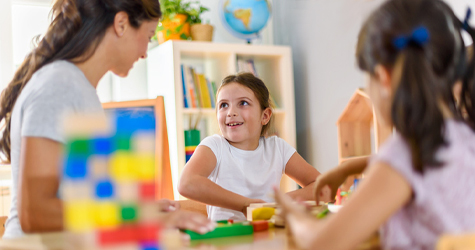Go Figure! The Equation Building Game
- By Margo Hanson & Alon Nir
- Jul 22, 2021
Go Figure! is a mathematical card game that was developed to make math fun for everyone!

Need new ideas? Looking for quick tips for teaching tricky concepts or organizing your math centers? Class Ideas is your go-to spot for inspiration, information and innovation and it’s an ideal way to stay current with the latest trends in math teaching and learning.
If there are topics you’d like us to cover or you’d be interested in being a guest contributor, reach out to us and we’ll respond. Email us at hello@didax.com
Go Figure! is a mathematical card game that was developed to make math fun for everyone!
Teachers have long relied on manipulatives to introduce new math and literacy concepts and enhance learning. Manipulatives are useful at all grade levels, from kindergarten (think Unifix Cubes) through high school (think algebra tiles), with students of all abilities, including and especially those with special needs and learning differences.
Jumbo Unifix® Cubes, sandpaper letters and numerals, and Omnifix cubes are just a few of the go-to resources used in many SpEd classrooms throughout the country.
Watching my children and students work with manipulatives, I can see how hands-on experiences with math concepts help build a solid foundation for future learning. Often, teachers and students struggle with the transition from concrete manipulatives to a representation of the concept. Web- or app-based “virtual” manipulatives help to make this transition easier, although many teachers struggle to find a place for these tools in the classroom. Hands-on manipulatives are an excellent tool on their own, and they are even more powerful when coupled with virtual manipulatives. To support the use of these virtual tools, Didax has developed more than a dozen free virtual resources, available on our website. If you need some help getting started, read on for some ideas!
As the school year draws to a close, many teachers a thinking about packing up their classroom. Whether you’re staying in the same room and want things ready for the fall or moving to another grade or another school, keeping things neat and organized will help get the next year off to a good start.
 © 2023 Didax, Inc. All Rights Reserved.
© 2023 Didax, Inc. All Rights Reserved.